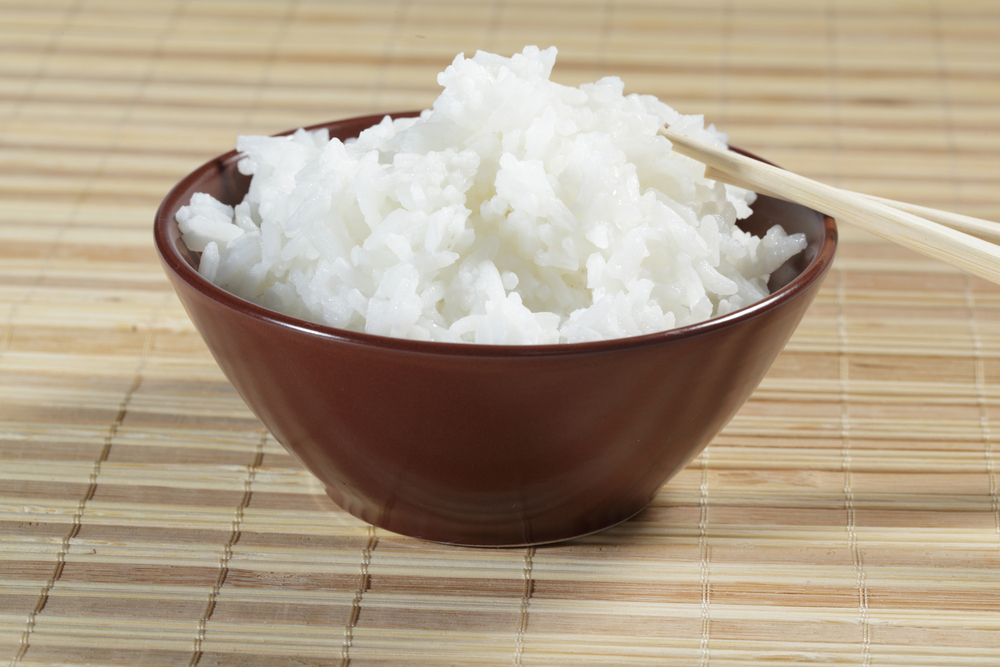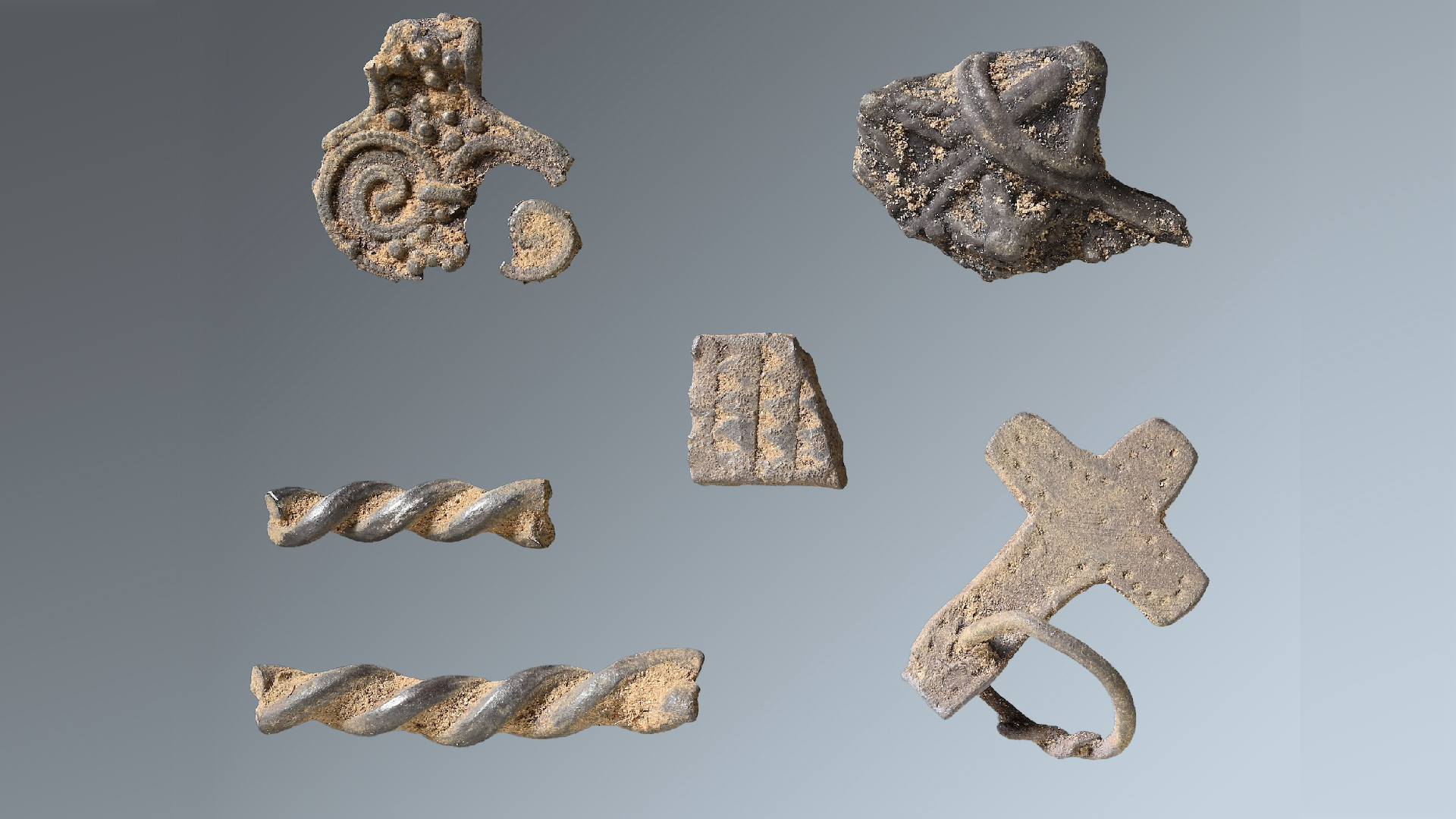How Does Arsenic Get into Rice?

Arsenic-laced rice products being reported in the news are not the result of breakfast cereals and baby foods being soaked in poison at the factory. Rather, various natural and man-made processes can cause the toxic element to accumulate in rice grains as they grow.
Scientists have been aware for years that rice is a major source of dietary arsenic, but Consumer Reports is leveraging a new study, which found arsenic in a wide range of rice products, to urge the Food and Drug Administration to set limits on arsenic levels in rice. The findings show that inorganic arsenic, a known carcinogen, is present in more than 60 popular rice products, including Kellogg's Rice Krispies, Gerber baby food and multiple varieties of Uncle Ben's rice.
So how does arsenic, the preferred poison of political assassins in the Middle Ages, get into rice in the first place?
The toxin has both man-made and natural sources, and the portion that ends up in rice most likely draws from both. Arsenic, a shiny gray metalloid in its elemental form, occurs naturally in the Earth's crust and makes its way into soil and water supplies through ordinary weathering processes.
But the element also has common industrial uses, including in pesticides and wood preservatives. And according to the Environmental Protection Agency, inorganic arsenic (meaning simply a form of arsenic that has not bonded with carbon) has been shown to persist in the soil for more than 45 years.
Because of this, even dangerous arsenic-containing insecticides that are no longer in use, such as the lead-arsenate insecticides banned in the '80s, may continue to be absorbed by crops grown on contaminated soil for decades.
Inorganic arsenic's environmental staying power may help to explain why, according to Consumer Reports, rice grown in states in the south-central region of the United States has shown higher levels of arsenic than rice from other regions.
Sign up for the Live Science daily newsletter now
Get the world’s most fascinating discoveries delivered straight to your inbox.
Elevated levels of arsenic in rice from Louisiana, Mississippi, Missouri and Texas may have their origin in that region's long history of cotton cultivation, an industry that extensively utilized lead-arsenate insecticides.
Another possible contributor to arsenic in farm soil is fertilizer from chickens, whose feed sometimes contains arsenic.
But none of these potential sources of arsenic are specific to rice-farm soil, so they don't explain why rice contributes more dietary arsenic than other grains grown in the United States (according to an EPA estimate, rice accounts for 17 percent of total dietary exposure).
The basis for rice's apparently outsized arsenic capacity seems to lie in the water-flooded conditions that are used in its cultivation, which foster the absorption of water-soluble arsenic into the roots.
As grains of rice take in arsenic, they accumulate a disproportionate amount in their outer hulls, which are stripped off if the grains are refined into white rice. This is why brown rice, which has some nutritional benefits when compared with white rice, has been found to contain more arsenic.
The FDA, which is conducting its own survey of the arsenic content of rice, does not yet have enough information to recommend that consumers change their rice consumption. But both the FDA and Consumer Reports recommend that consumers vary the grains they eat.
Follow Life's Little Mysteries on Twitter @llmysteries. We're also on Facebook & Google+.

